Parsnips are carrots’ sweet, nutty cousin. The cool-season vegetable is a delicious (and underrated) addition to autumnal cuisines. These hearty white roots make excellent accompaniments to carrots and potatoes and stand in for these (and celery, too) in recipes.
Parsnips are easy to grow and, in the right cultural conditions, need little additional maintenance. They develop best in full sun and rich, sandy soils with good drainage. Consistent moisture yields the strongest, healthiest roots. The frost-tolerant growers sweeten after a few freezes, so wait to harvest in the fall after temperatures drop for the best flavor.
While primarily pest and disease-free, the roots may encounter issues due to cultural conditions and fluctuations or pesky invaders. We’ll explore the common causes and offenders of parsnip growing problems and also explain how to remedy them.
Overfertilizing
Parsnips adapt to various soil types as long as they’re light and well-draining. Additionally, they don’t rely on overly rich compositions. With amended sandy loams, they may not need any fertilizing. A side-dress of 1-2-2 about six weeks after planting boosts healthy root development.
Too much fertilizer increases nitrogen levels, which leads to leafy growth. The fast production of foliage means less energy and nutrients for parsnip taproots to develop, which can cause problems with malformed, dwarfed, or forked roots.
Excessive nitrogen also causes weakness and susceptibility to pests and diseases. The best prevention is to use a light hand when it comes to fertilizing these vegetables.
Nutrient Deficiencies
In poor soils, a lack of nutrients yields yellowing or off-color leaves. Deficiencies result in entirely yellow leaves (lack of nitrogen) or yellow-brown margins and veins (lack of potassium) and other iterations related to low nutrient levels.
If leaves are yellowing and browning with stunted growth under regular, even moisture, it may be a nutrient deficiency. Calcium, iron, nitrogen, and magnesium are foundational nutrients. Side dress with compost or a low-grade, balanced fertilizer.
Overcrowding
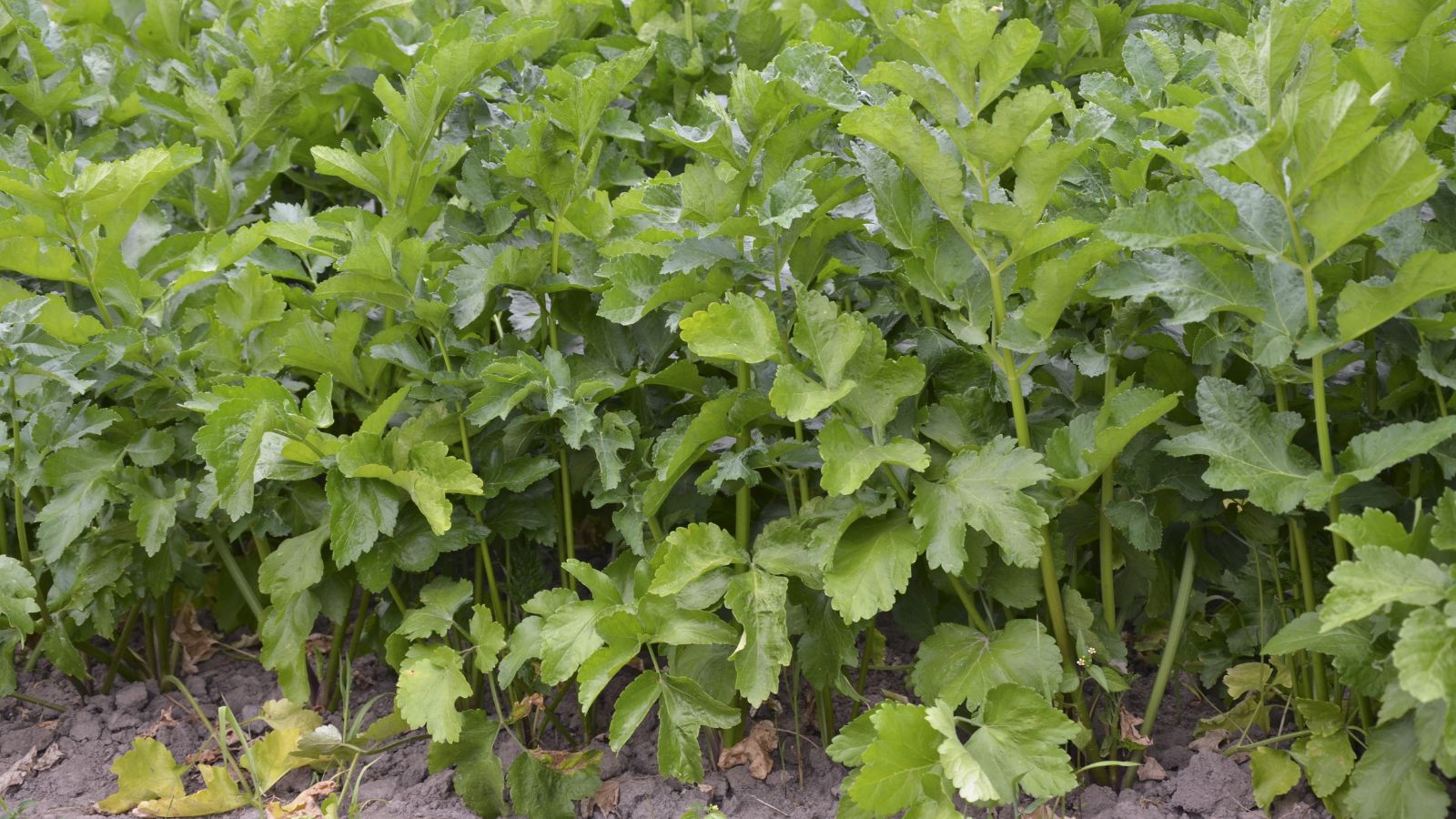
The hearty roots grow well in the ground, containers, and raised beds. To allow plenty of air circulation among upper growth, use fine snips to thin seedlings to six inches apart. Proper spacing means diseases from damp and crowded leaves are less likely.
Reducing crowding also reduces competition for water, nutrients, and space. Fully developed roots form as a result of healthy growing conditions.
Dense Soils
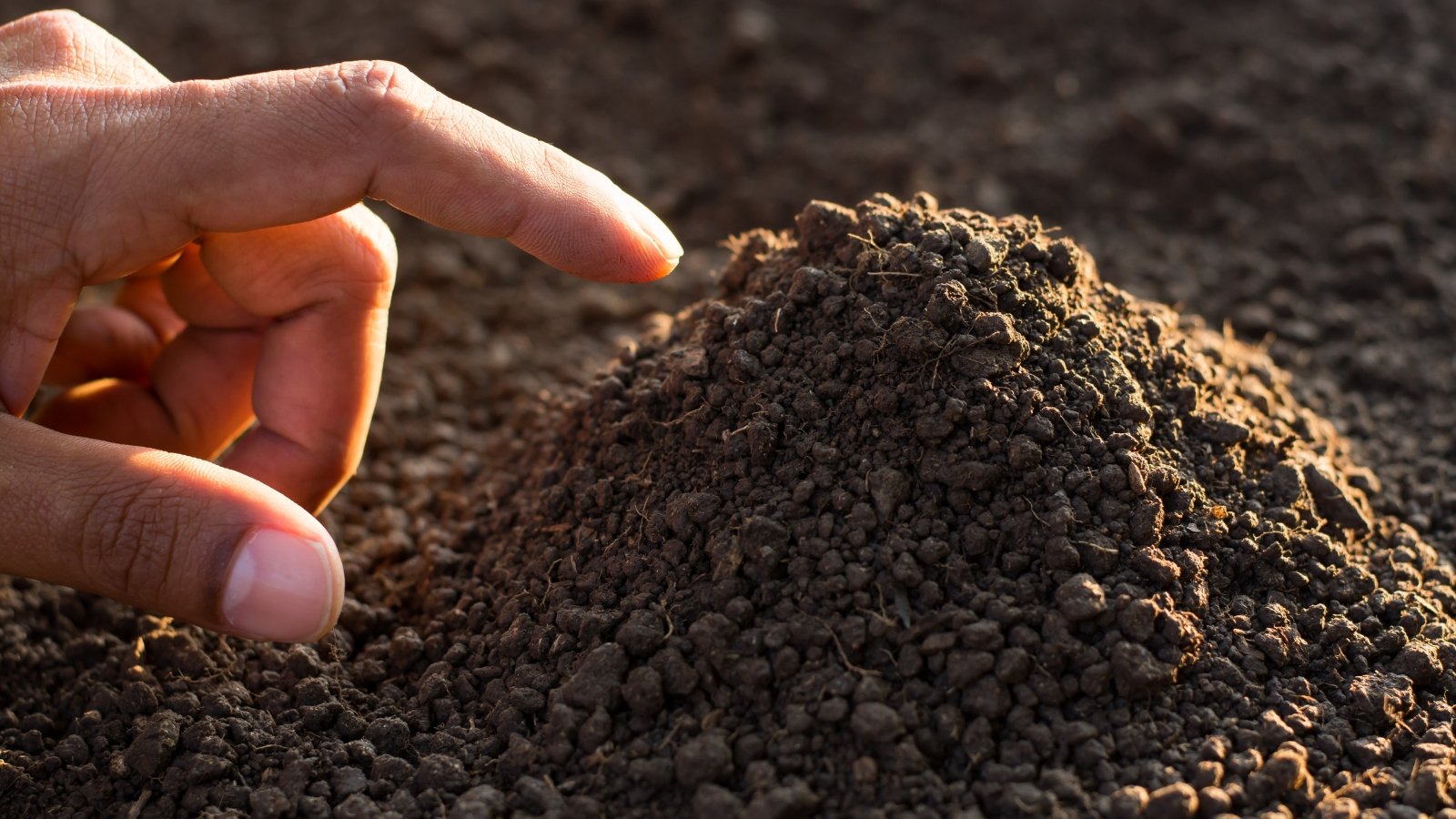
Parsnips grow best in loose, light, sandy loams. This composition gives the best opportunity for even root development. In dense soils like clay, taproots have to work to create growing space. They may become misshapen, bent, twisted, or forked as the roots seek nutrients and water.
At planting, amend the soil with compost, leaf mold, or other organic matter to increase aeration and moisture retention,
Inconsistent Watering
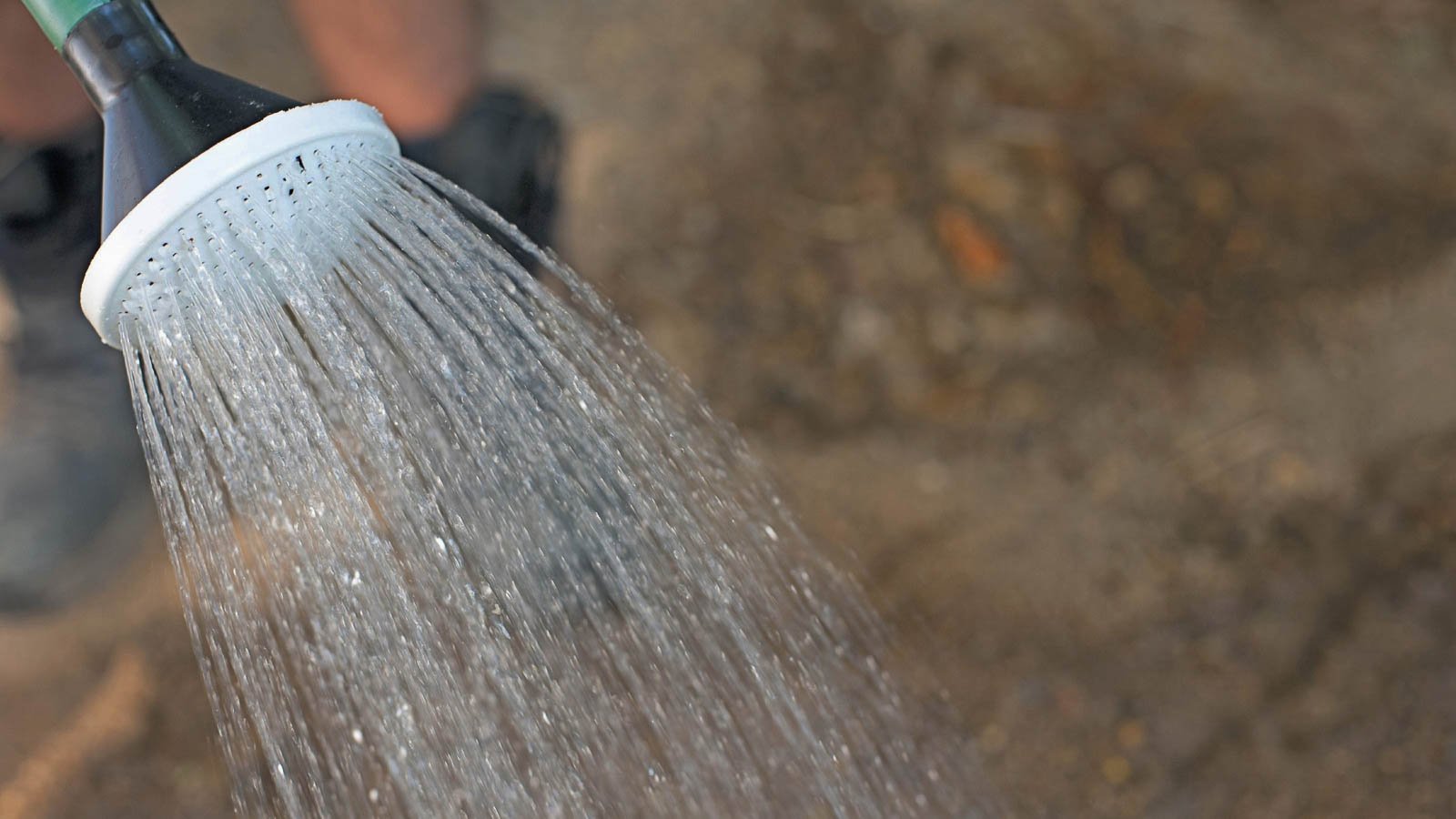
To prevent problems, parsnips do best with regular, even soil moisture. Fluctuations in water cause stress and lead to halted growth as a means of conserving energy.
Provide consistent moisture throughout the growing season. One inch per week, including rainfall and irrigation, is usually sufficient.
Root or Crown Rot
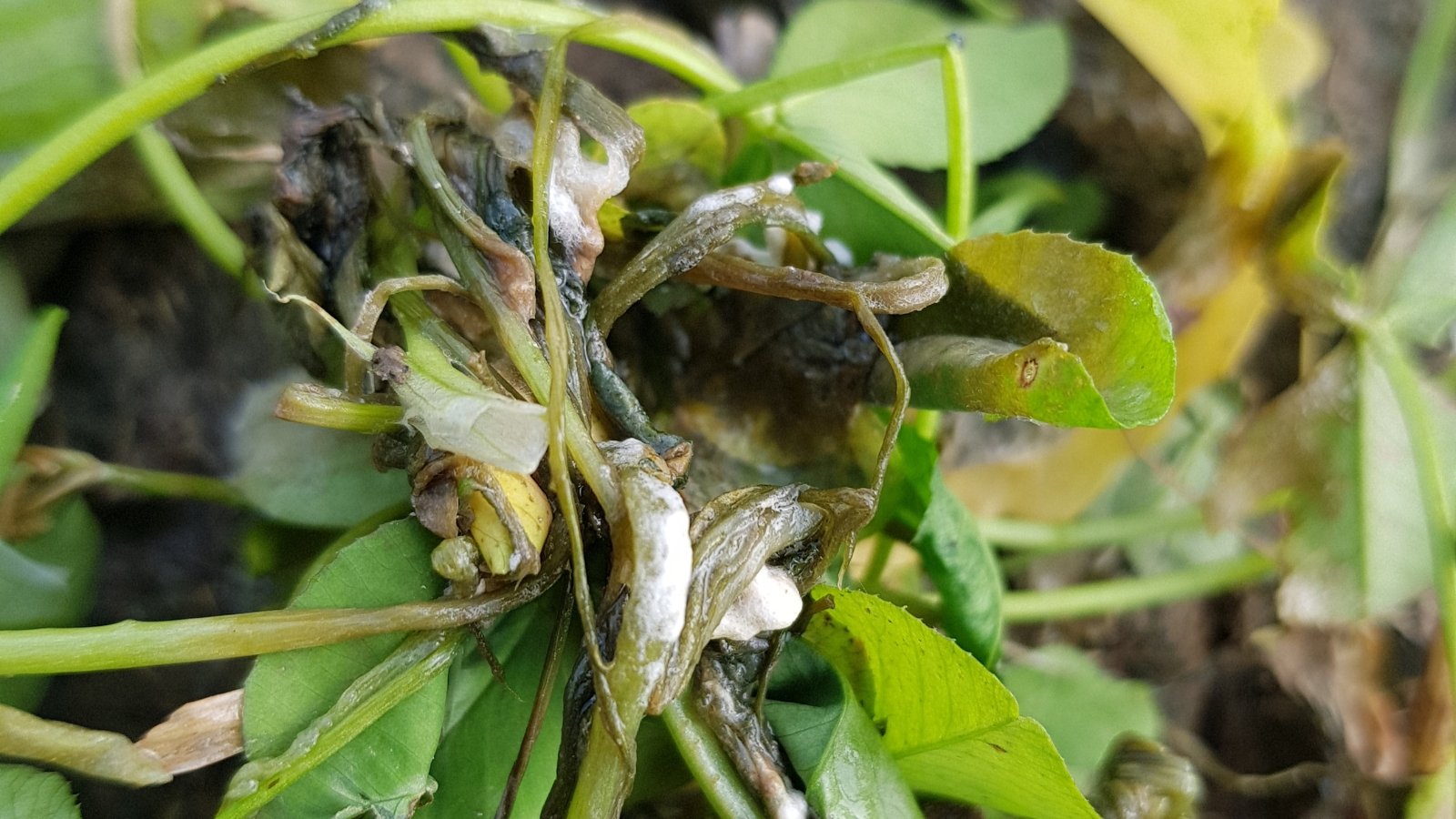
Root rot and crown rot occur in humid environments and overly wet conditions. With root rot, the pathogen Phytophthora, among others, impacts feeder roots, which are unable to absorb water and nutrients. Signs of root rot include drought-stressed leaves that turn yellow and wilt.
Check for rot problems by inspecting parsnips slightly below the soil line. Rotting roots will be yellow or brown rather than a healthy white. They may even have a foul odor.
Crown rot occurs after prolonged saturation from rainfall or irrigation and intensifies with a lack of air circulation and soils with poor drainage,
With crown rot, brown patches and rotting may appear where the leafy stems emerge just above the soil line. Brown or black lesions may occur.
Treatment
Unfortunately, the best action is to remove and dispose of severely impacted plants. Removal prevents the fungus from spreading.
Reduce irrigation frequencies to allow oversaturated soils time to drain. Keep soil evenly moist but not soggy.
Prevention
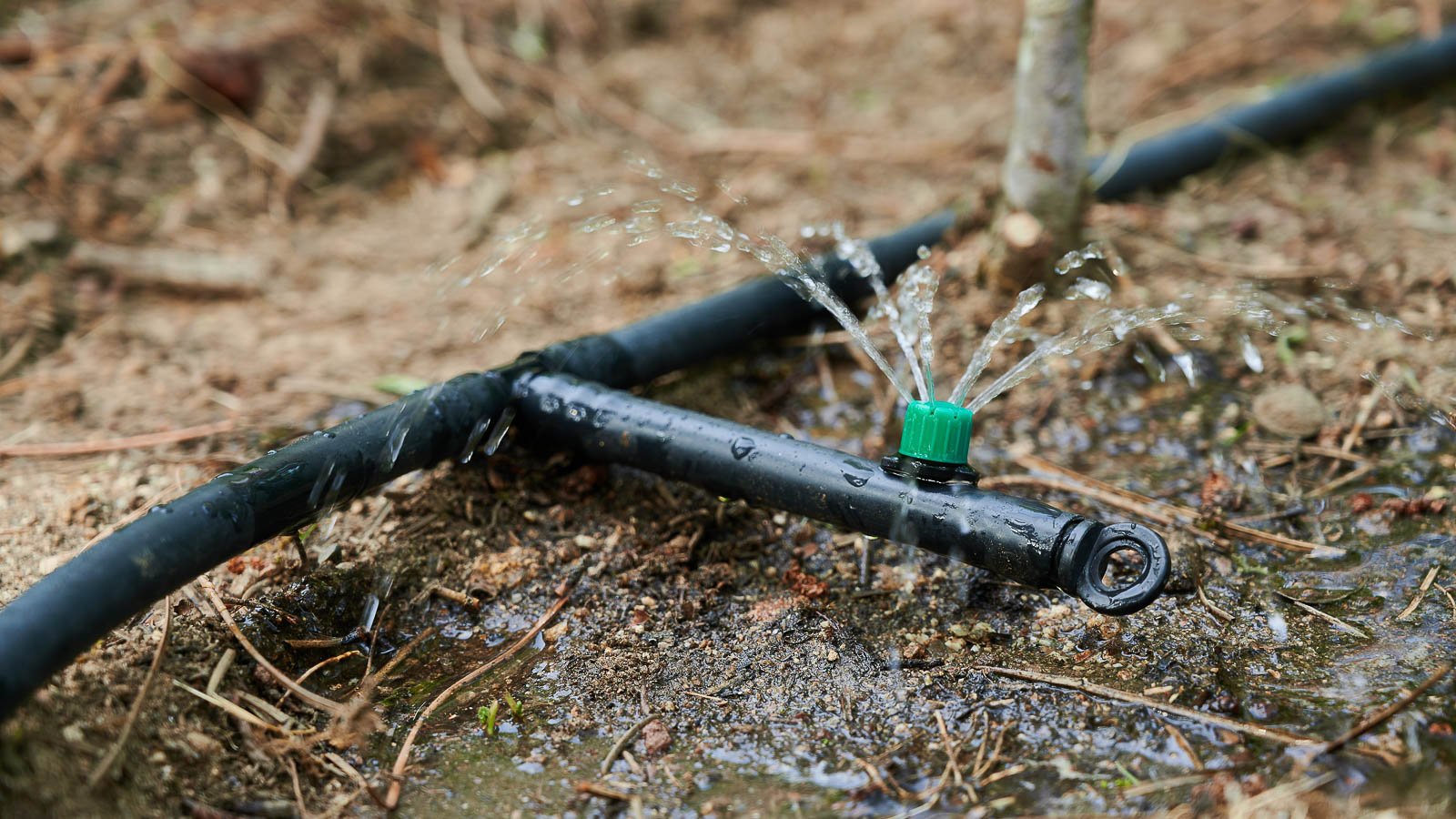
The best way to prevent rot is to avoid overhead watering and saturated conditions. Water at the base, either by hand or with drip irrigation or soaker hoses. These deliver moisture to the roots without splashing foliage or harboring damp situations. Increase air circulation between leafy uppers, especially in humid conditions.
Water deeply and increase the length of time between sessions if needed. Deep watering allows better absorption over frequent, shallow watering.
Leaf Spot
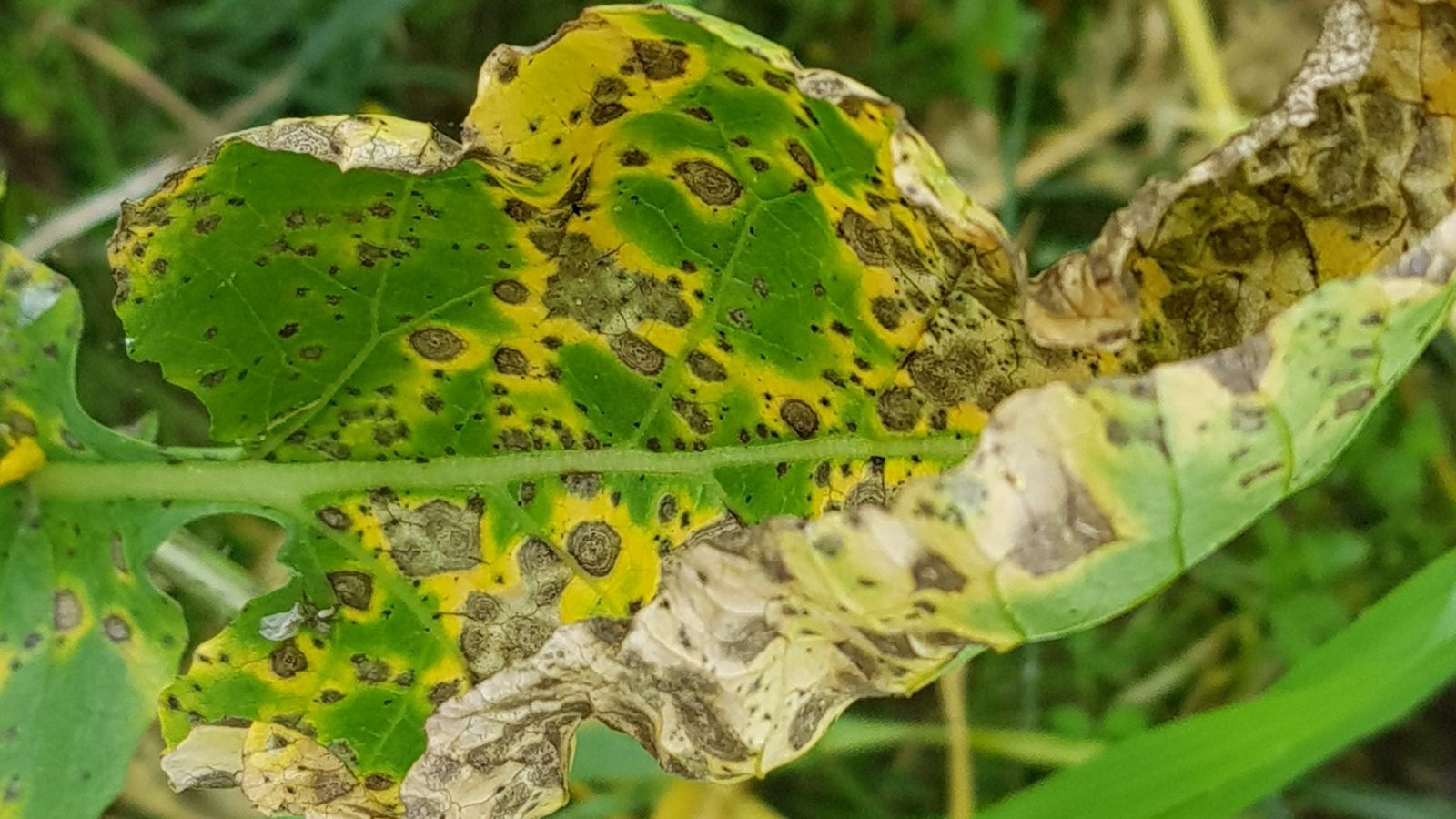
Leaf spot is a fungal infection that grows on leaf surfaces. Brown spots with lighter centers increase in size and number and spread across leaves and stems. The fungi cause leaves and stems to blacken.
The brown-black spots crop up when leaves stay wet from prolonged moisture from rain or overhead watering. Several pathogens, including Cercospora and Septoria, may cause leaf spot.
Treatment
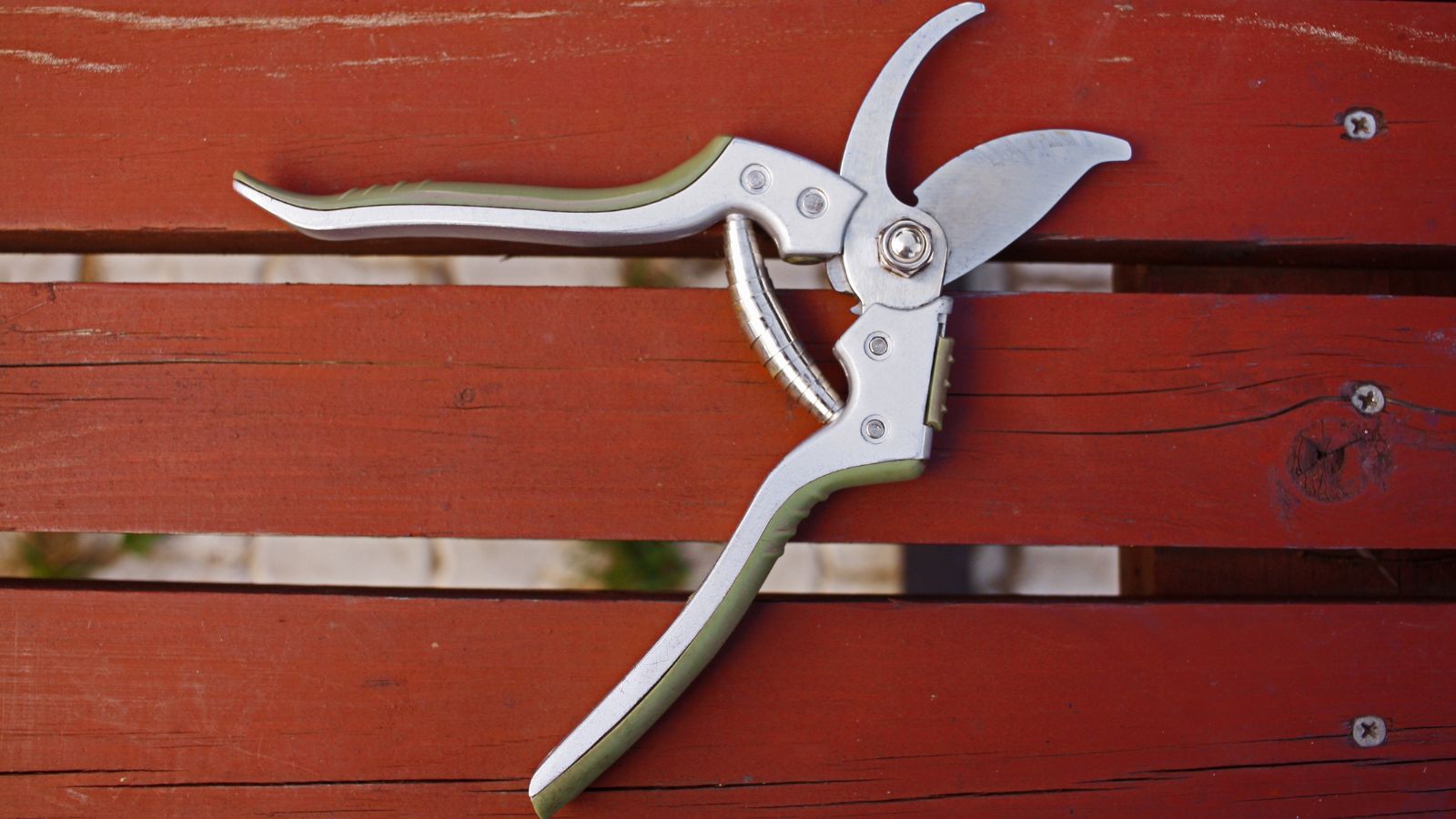
Early detection is the best control for leaf spot. Cut off diseased leaves and remove any that drop. Prune surrounding plants where appropriate to increase air circulation.
Prevention
Ample airflow is the best defense against leaf spot. Also, water at the ground level to reduce damp conditions. Mulch to reduce soil splash during watering (and for other benefits like insulation and moisture retention).
Aster Yellows
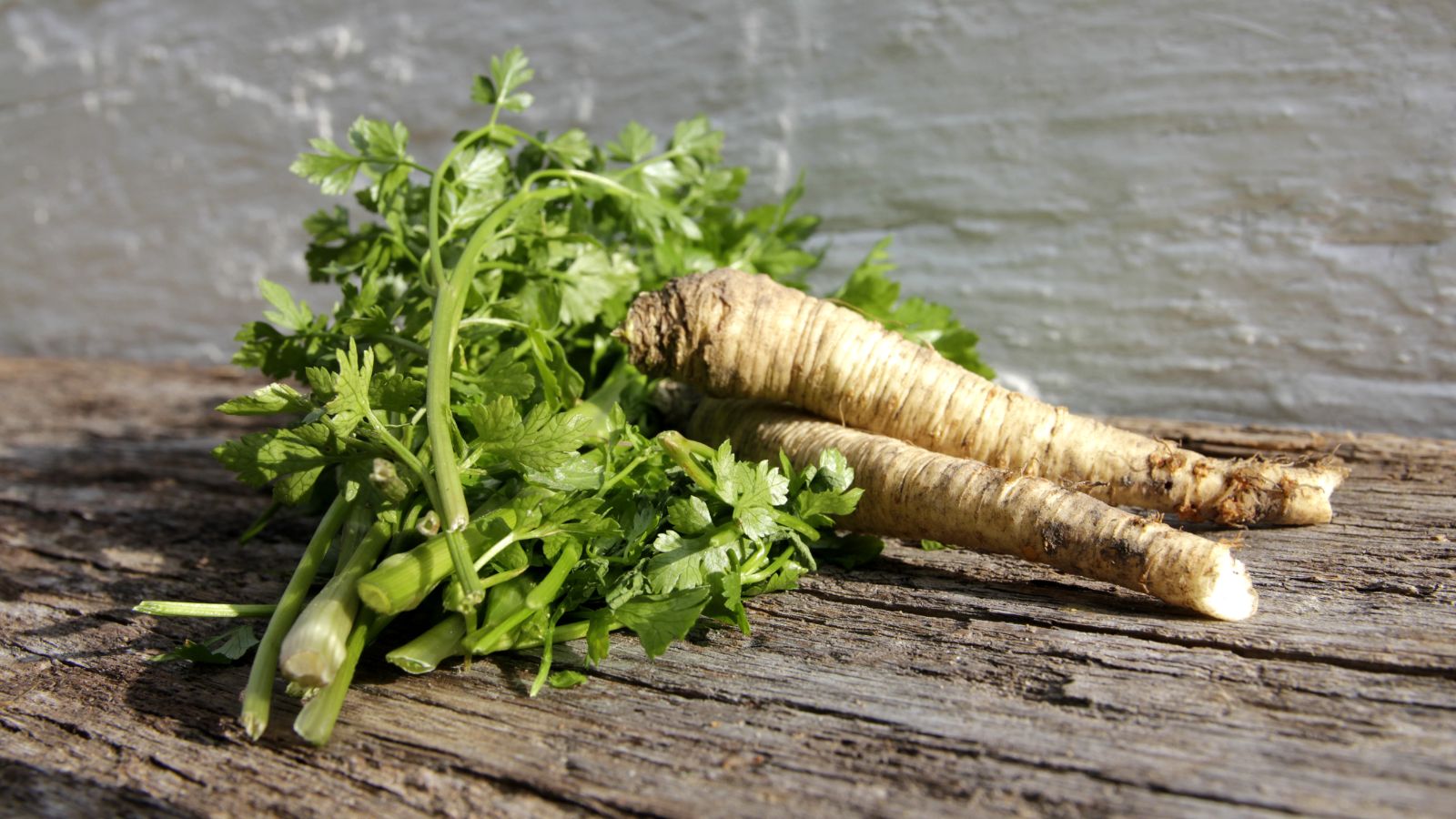
Parsnips with aster yellows show stunted, twisted leaves with overall yellowing. Caused by a phytoplasma spread by leafhoppers, the parsnip root stays small and slender with additional hairy roots.
Treatment
Unfortunately, aster yellows do not have a treatment and it remains a major problem for parsnip growers at both home and commercial scales. The best action is to spot them early and remove infected plants.
Treat severe insect infestations to prevent them from becoming disease vectors.
Prevention
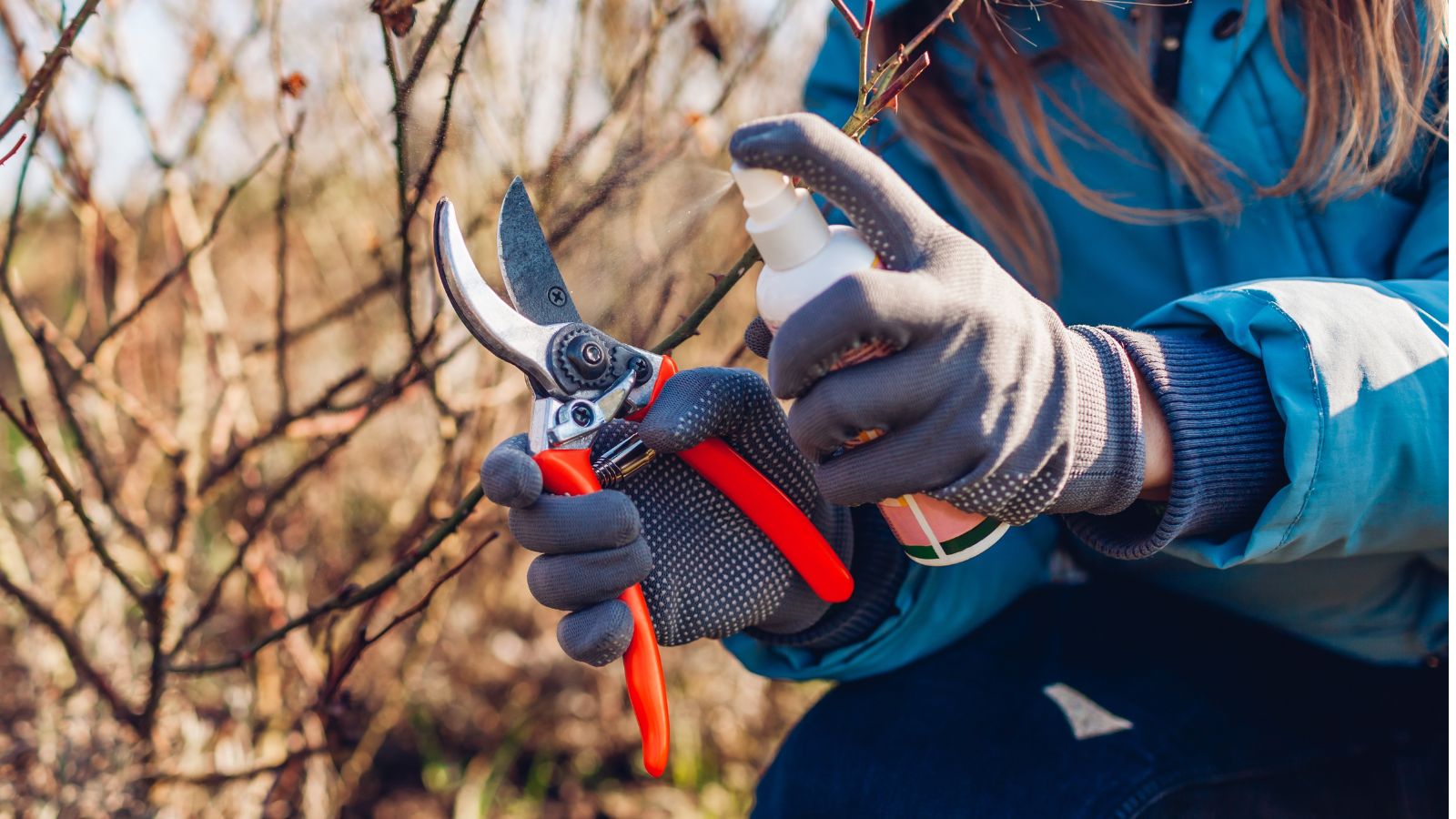
Remove fallen leaves and debris to prevent the spread, and disinfect tools. Provide the best cultural practices of consistent watering and nutrient-rich soils with good drainage.
Avoid this problem by planting parsnips far away from asters and their relatives. This can cut down on leaf hoppers and disease spread.
Parsnip Blight and Canker
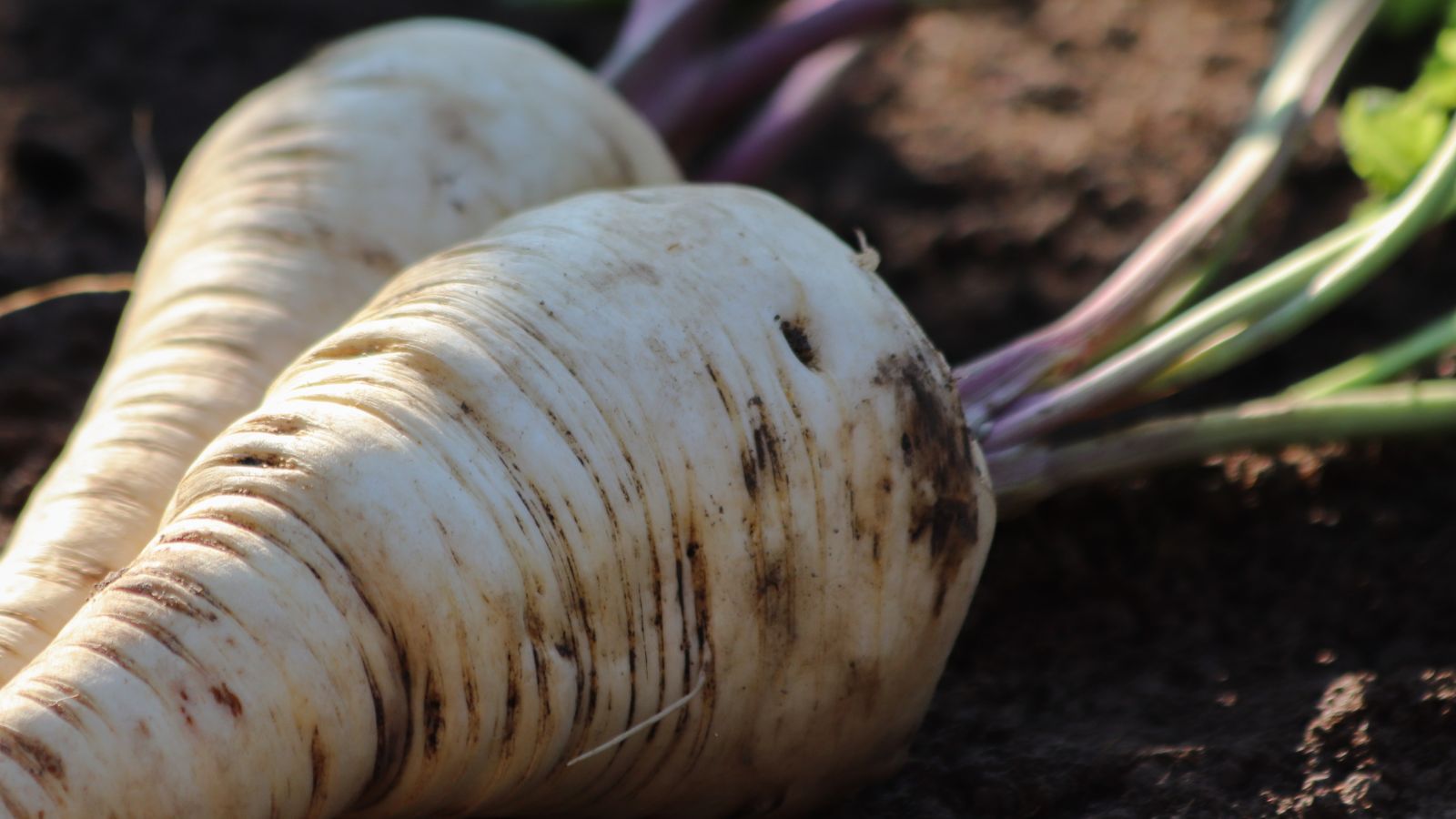
The soil-borne bacterium Pseudomonas marginalis causes parsnip blight. Roots become brown on their interior vascular tissues, and both the crown and the roots may show brown, sunken lesions. The bacteria enter the plant through wounds during wet conditions and are spread by water and soil splash.
The fungus Itersonilia perplexans causes parsnip canker, indicated by cankers on the root’s shoulders and by brown or black lesions. Leaves may show small orangey-brown lesions with a green halo. Like blight, canker manifests in cool, damp conditions and periods of prolonged moisture.
Treatment
Fungicides or chemical controls aren’t effective at treating parsnip blight or canker. Treat carrot rust fly infestations, whose larvae wound the roots and make them susceptible to disease.
Prevention
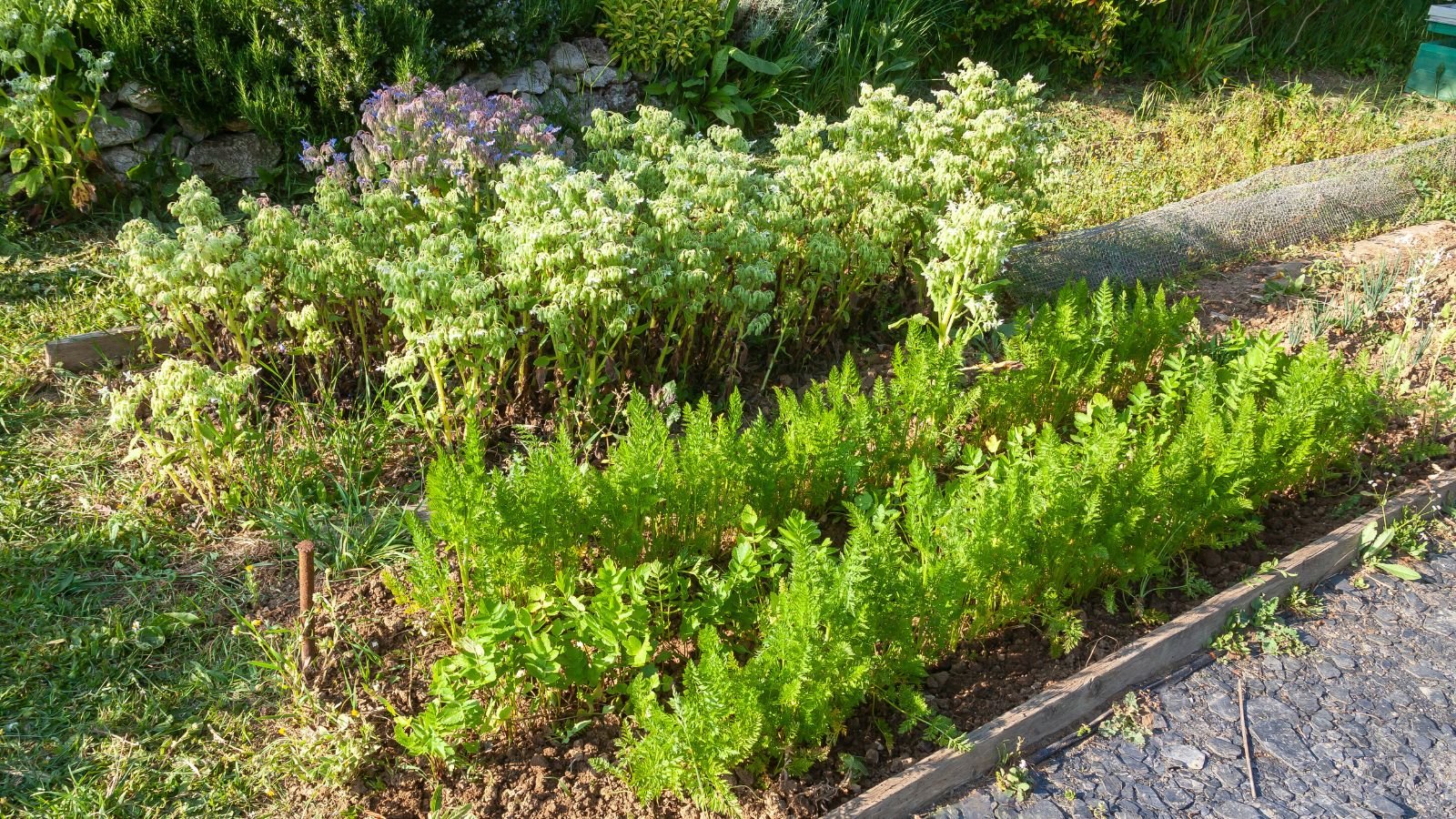
Crop rotation is a good means to reduce soil-borne pathogens. Avoid planting parsnips in the same location the following year, practicing a rotation every two years.
Cover the shoulders with soil throughout the growing season, and avoid splashing or drenching the leaves unnecessarily during watering sessions. Ensure ample air circulation so leaves can dry during the day. Good soil drainage and avoiding waterlogged conditions help stave off both blight and canker.
Aphids
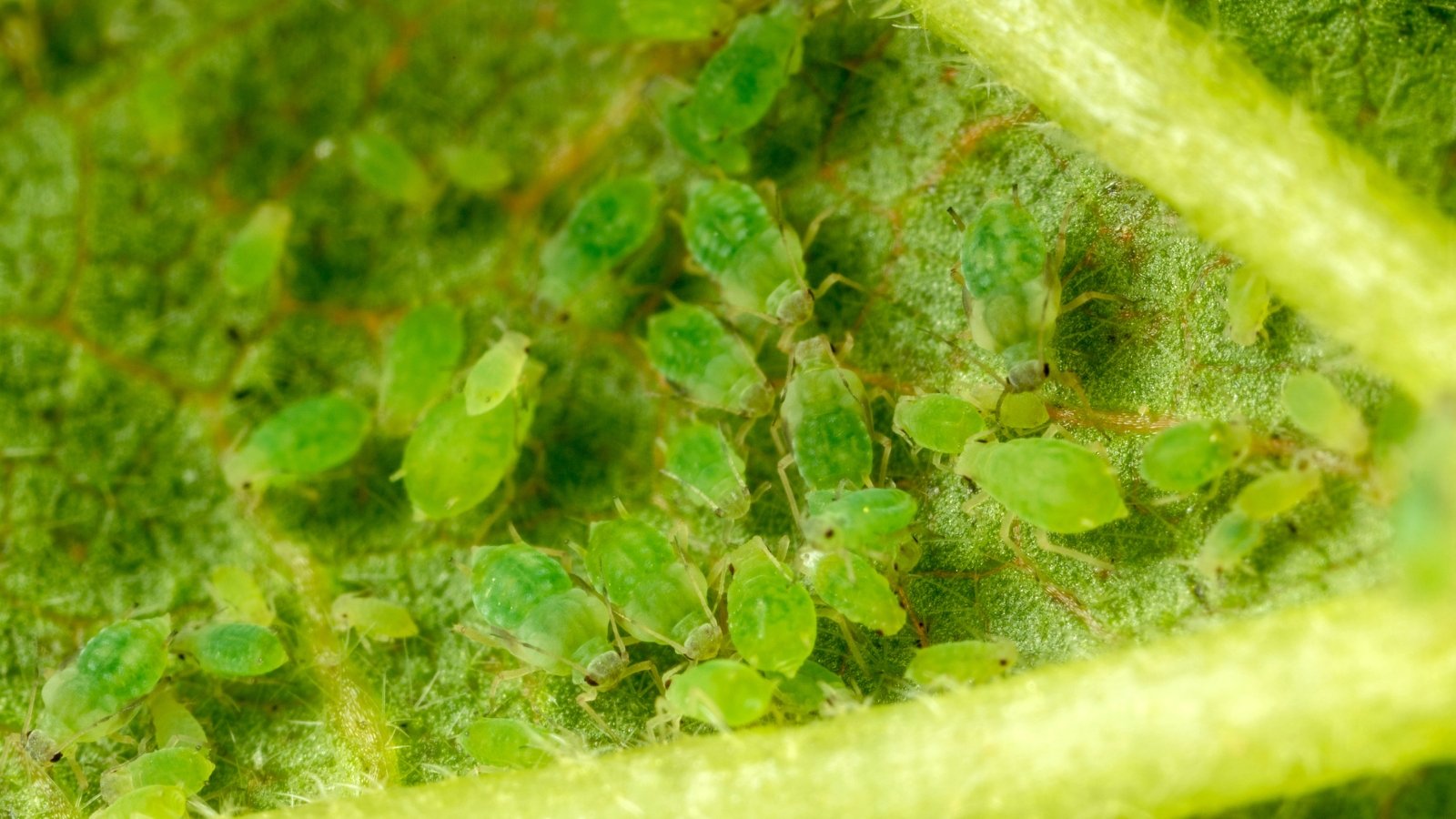
Aphids are sap-sucking insects, pear-shaped and soft-bodied in pale yellow, green, pink, brown, or black. They colonize in large numbers on the undersides of leaves and feed on tissues.
Aphids prefer soft, new growth, including tender shoots and leaf undersides. They don’t often pose a severe threat but can cause stress. They also leave behind sugary honeydew, leading to unattractive black, sooty mold. Aphids spread fungal spores and are vectors for viruses.
Parsnips with severe infestation may show curled leaves, yellowing, and stunted growth.
Treatment
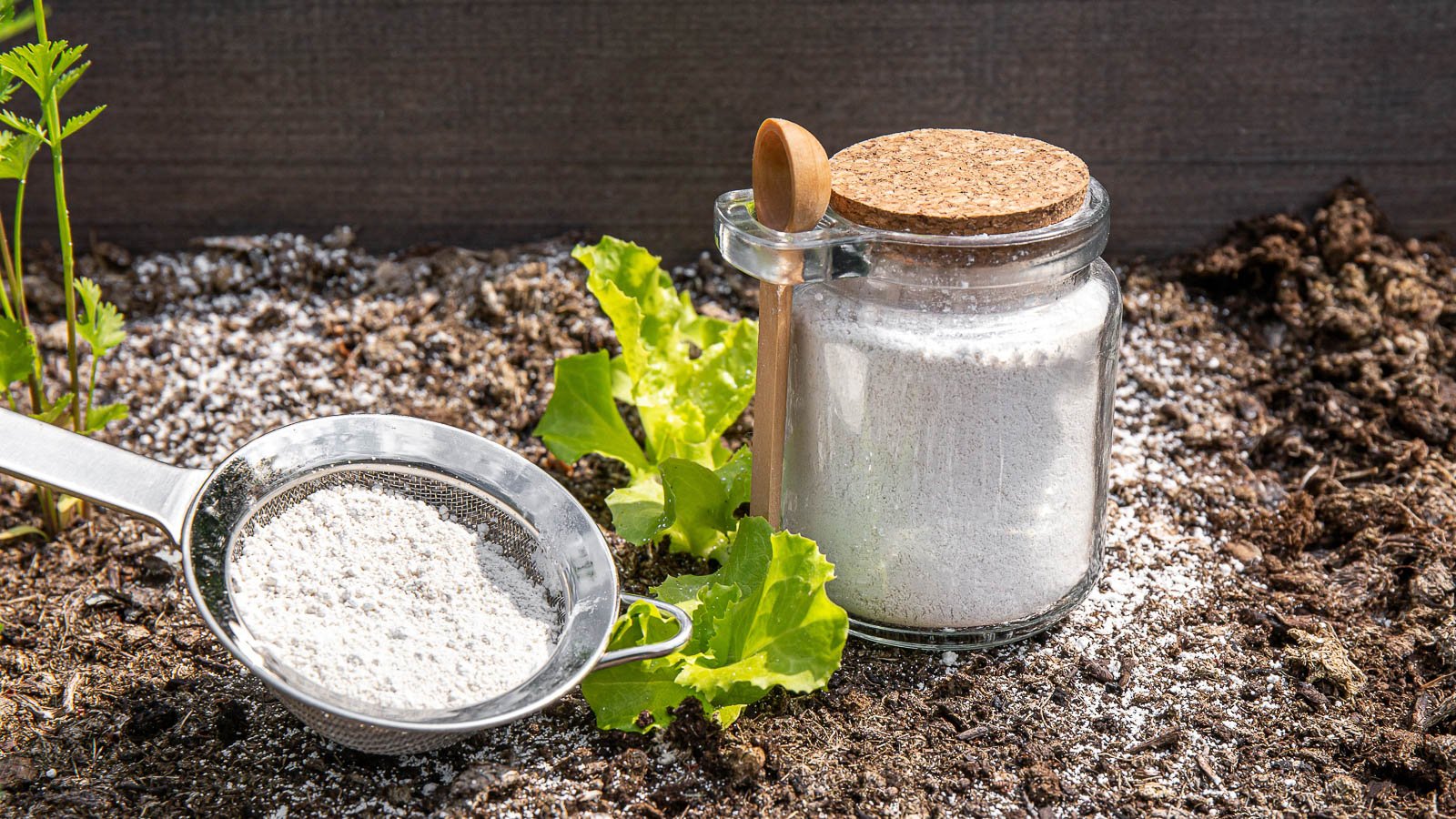
Spraying a strong stream of water early in the day may deter aphids by displacing them from leaves and stems. Do this as part of ongoing maintenance with recurring aphids.
Natural predators are the best line of defense. Attract ladybugs, parasitic wasps, hoverflies, and lacewings with diverse blooming selections.
Aphids congregate in numbers, and pruning off impacted sections may eliminate small infestations. Horticultural soaps or oils like neem control severe infestations. Plant-based insecticidal oils include garlic extract, clove, rosemary, mint, and cinnamon oils and are effective organic controls. Follow label directions, as these treatments affect all insects, including pollinators.
Diatomaceous earth dusted over leafy tops and soil may prevent the spread. The powder creates a sharp surface that damages soft-bodied insects.
Prevention
Prevent aphids by watering consistently and maintaining evenly moist soils. Aphids gravitate toward drought-stressed specimens over healthy, well-watered ones.
Carrot Rust Fly
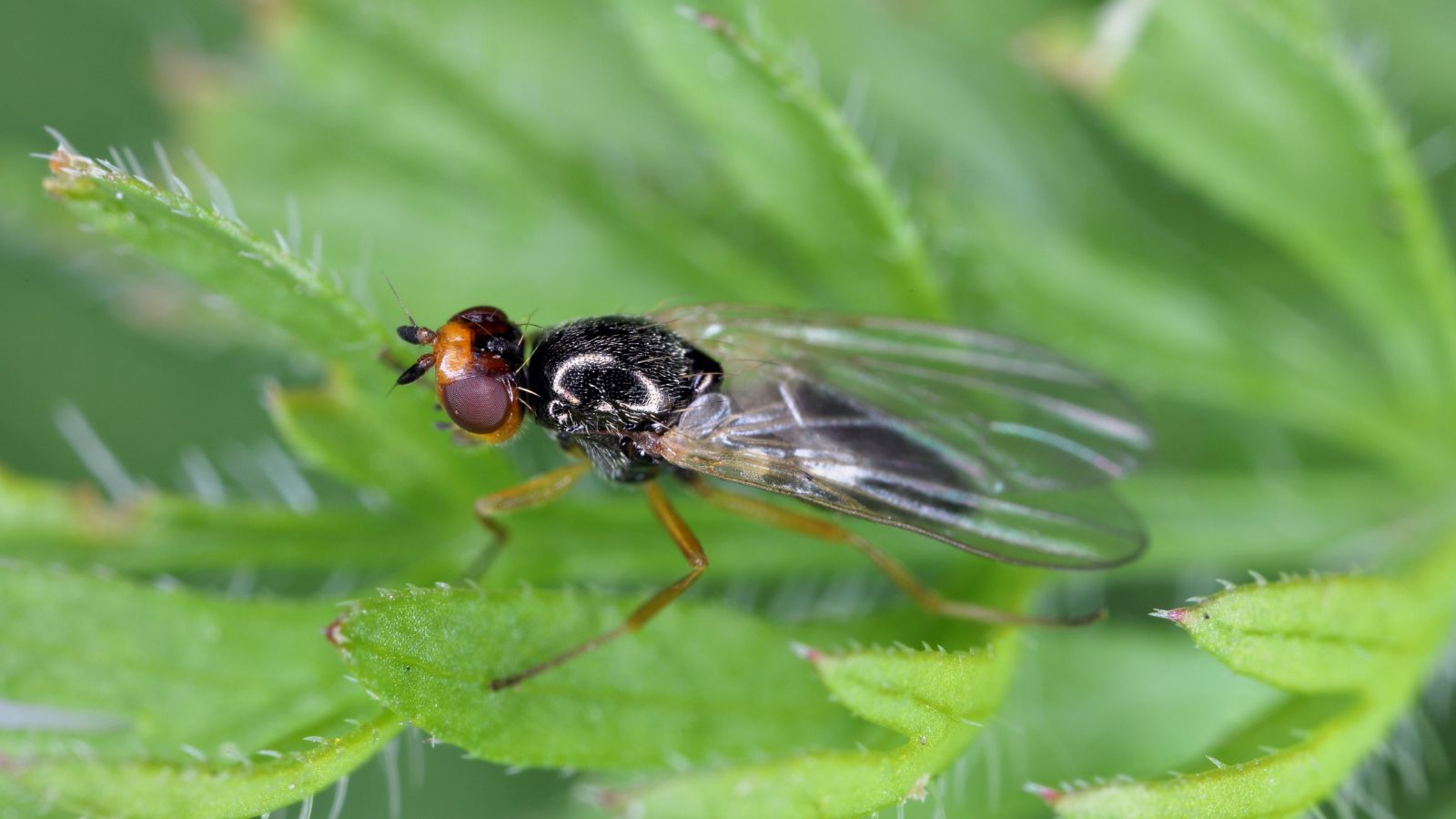
Psila rosae feeds on carrots, celery, parsnips, and other root vegetables and uses them as host plants for egg-laying and larvae. Females lay eggs on the crowns (which causes no damage), but as the larvae hatch, they drop to the ground to feed on the roots.
The tunnels that result from the larvae cause damage to young and mature crops. The flies produce two to three generations from spring through early fall. Roots show brown tunnels and are left susceptible to disease.
Treatment
Row covers are effective controls that block the crowns from adult females. If you have a history of fly activity, place these as soon as leaves emerge and before flies are active. Sticky traps help indicate periods of low activity and when to remove the covers.
Bacillus thuringiensis (BT) may have some effect as a biological control. BT is a bacteria that disrupts digestion and causes larvae to stop feeding. However, they must ingest the BT, and getting it to the localized area early on and before the larvae burrow is a challenge.
Prevention
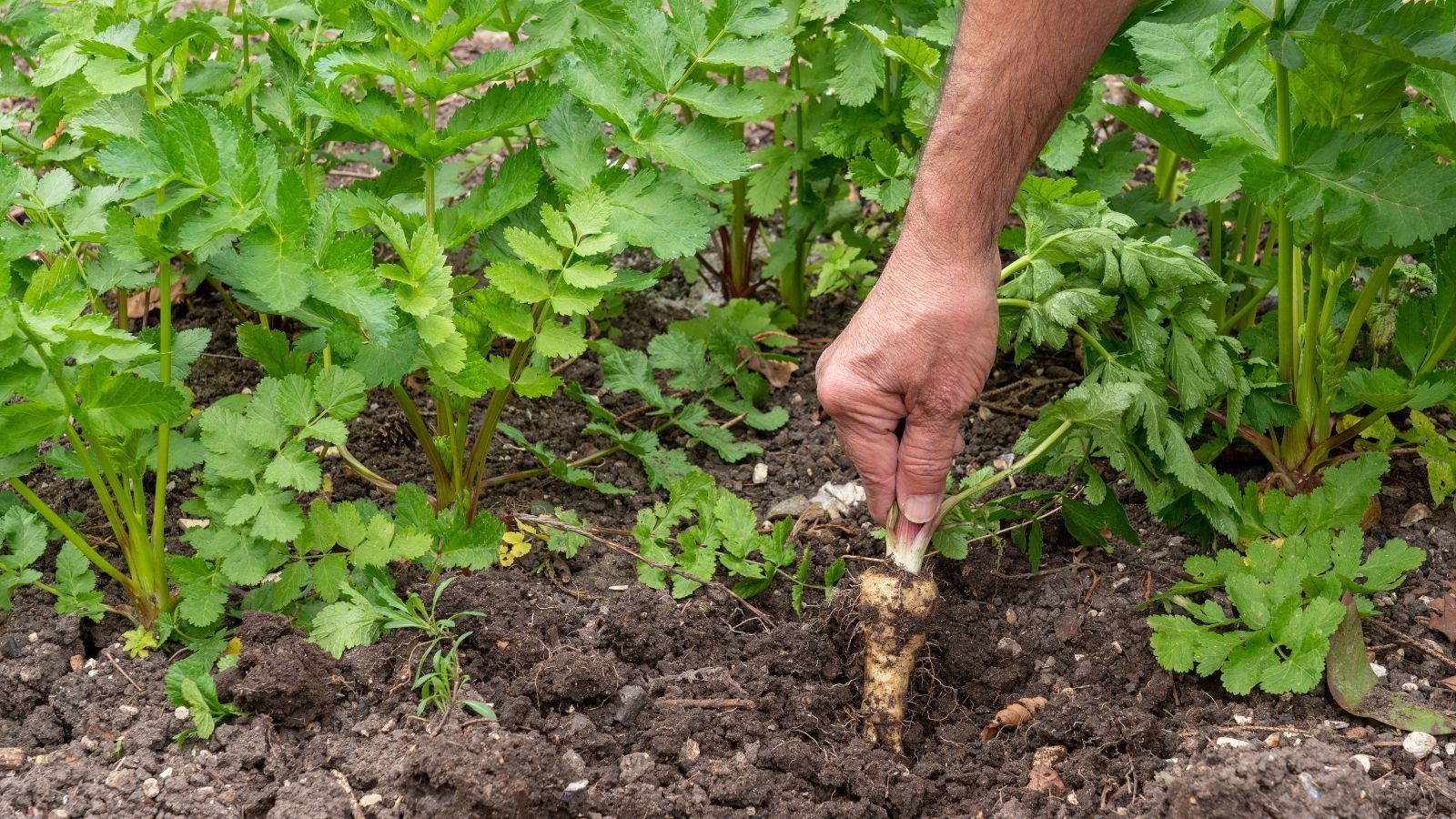
Carrot rust flies are poor flyers, but they can still be a major parsnip problem. Crop rotation may be successful at separating the previous year’s localized population. Plant the parsnips as far as space allows from the previous season’s location if you’ve experienced the flies. This works even better if you plant downwind from the last site, as the insects are attracted to the plant’s odor (the new crop will be harder to detect from last year’s growing location).
If possible, hold off on planting until June or later to avoid the first active emergence of the flies. This limits the numbers and incidence of a second generation. Fortunately, frost-tolerant parsnips do well with a later season planting in many climates.
Ladybugs are natural predators of rust fly larvae. Plant a diversity of species to attract beneficial insects.
Root-Knot Nematodes
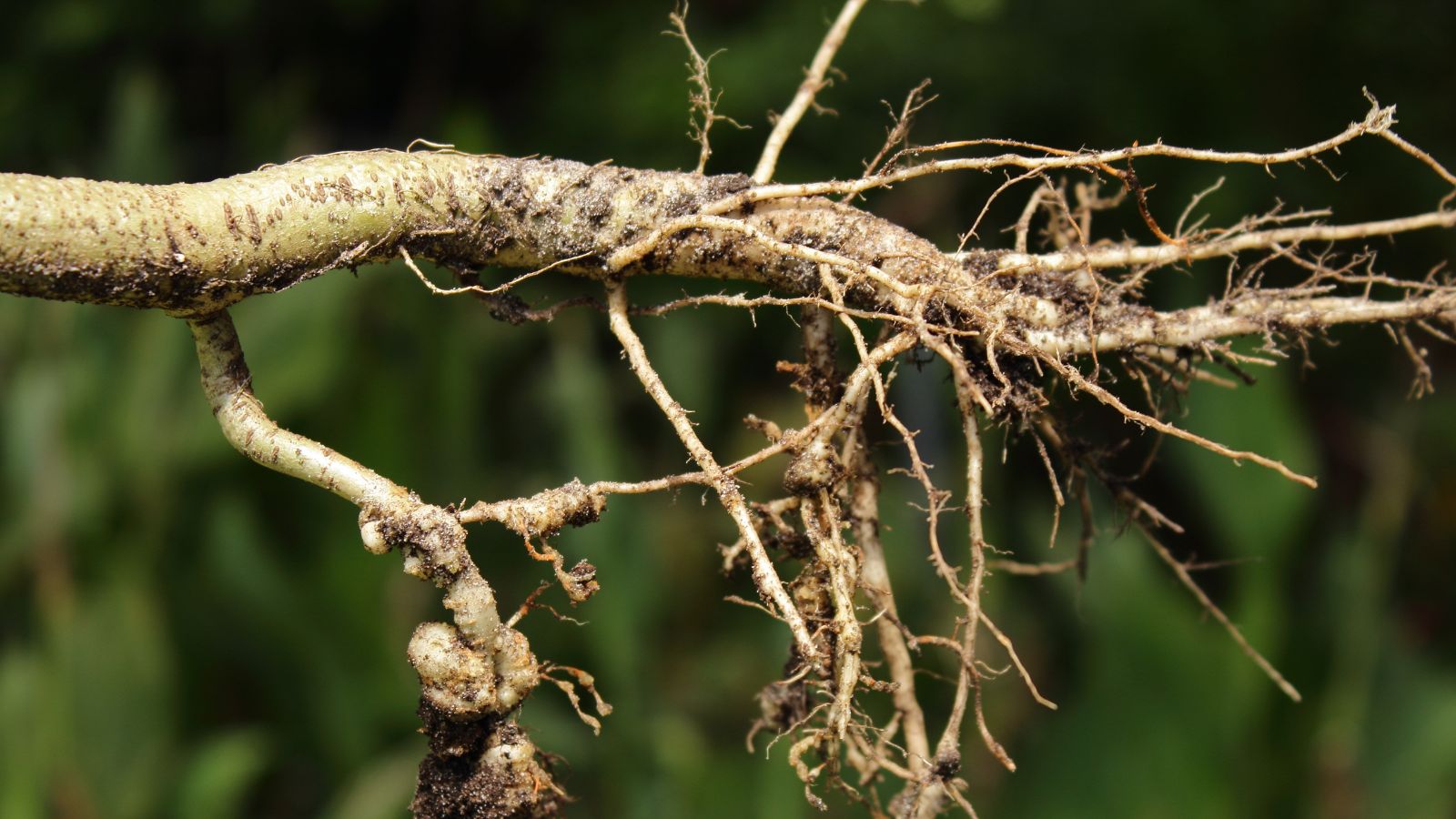
Root-knot nematodes are difficult to see because they are microscopic roundworms. The underground pest infests roots, causing root cankers and a knotted appearance. Outwardly, plants may show stunting, pale leaves, wilting, and leaf drop. Below the soil, roots may turn brown and soft, develop galls, swelling, or dark patches, or become stunted. The plants decline due to the roots’ inability to absorb water and nutrients.
Root-knot nematodes travel via rainwater, soils, new transplants, tools, shoes – any number of modes. They overwinter in the soil and fallen debris from affected specimens.
Treatment
A nematode infestation is difficult to treat. Add beneficial nematodes to the area as predators of root-knots. Mycorrihizael fungi, too, show some success at suppression.
Remove and discard infected material and surrounding surface soil, keeping them away from the bed and compost pile.
In severe cases, remove the crop and solarize the soil with plastic sheeting to help kill the population.
Prevention
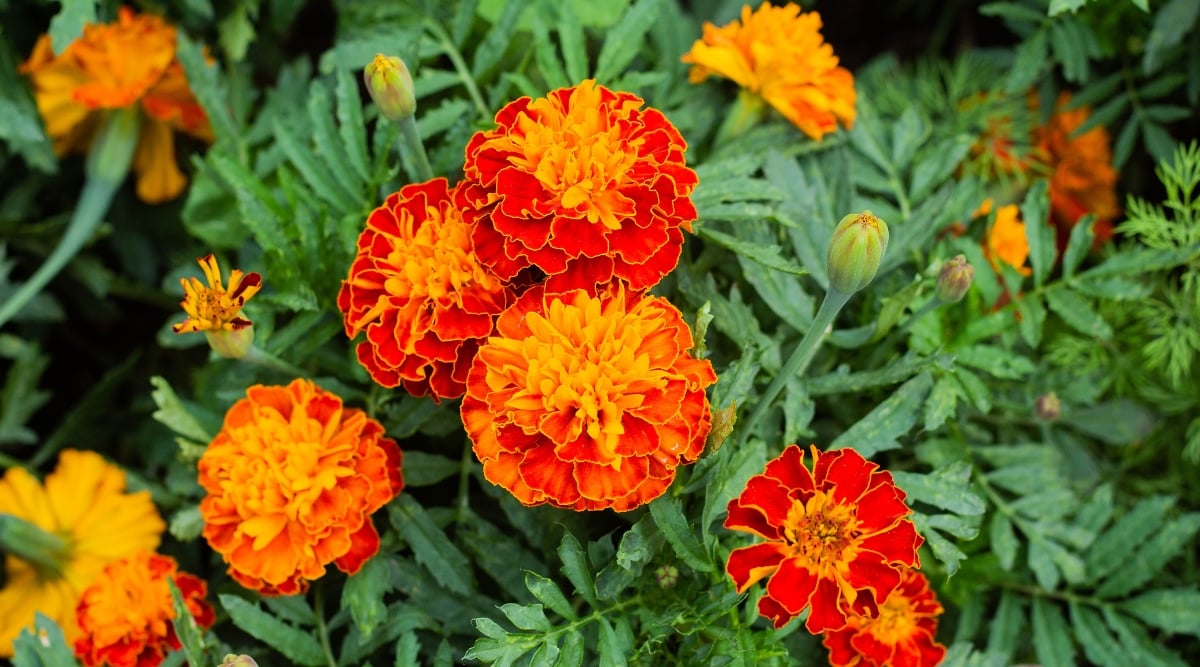
Since parsnips are susceptible to root-knot nematodes that overwinter in surrounding soil, the best prevention is crop rotation. Avoid planting parsnips and carrots in the same area in successive years. Non-susceptible crops like corn and marigolds make good rotations.
Add compost and organic matter to promote and support beneficial bacteria, fungi, and predatory nematodes. Plant parsnips when temperatures are cool (in the low 60s℉ or around 16°C) when root-knot nematodes are less active.

